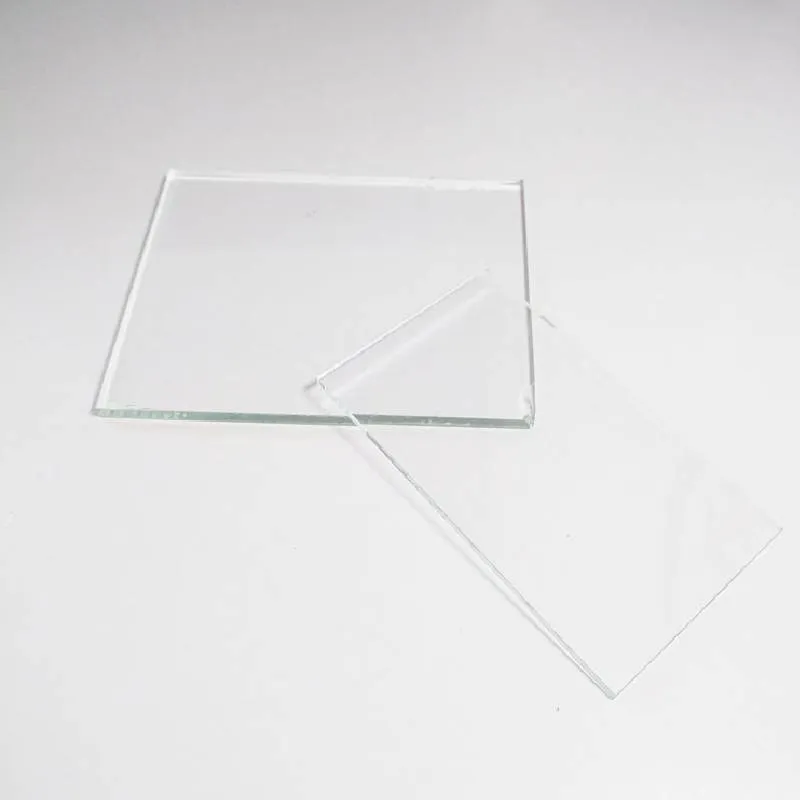The Allure of Reflective Glass Facades in Modern Architecture
In the ever-evolving realm of architecture, the use of materials and design philosophies continues to transform cityscapes. Among the most striking elements is the reflective glass facade, a hallmark of contemporary architecture that not only enhances aesthetic appeal but also redefines the functionality and perception of spaces.
Aesthetic Appeal and Urban Integration
Reflective glass facades serve as a canvas for artistry and innovation. Their ability to mirror the surrounding environment creates a dynamic interplay between the structure and its urban context. As a building becomes a reflection of the sky, trees, and adjacent structures, it fosters a sense of interconnectedness with its surroundings. This reflective quality is particularly striking in densely populated urban areas, where buildings can become a part of the landscape rather than mere occupants of space.
Architecturally, this type of facade allows designers to break traditional boundaries. The seamless, smooth finish of glass gives buildings a modern, sleek appearance that can elevate even the most mundane structures. Skyline silhouettes are punctuated with these shimmering elements, which transform ordinary office towers or residential complexes into iconic landmarks. The play of light through reflective surfaces creates a living art piece that changes with the time of day and weather conditions, further enhancing its allure.
Sustainability and Energy Efficiency
In addition to aesthetic qualities, reflective glass facades contribute to sustainability efforts in modern architecture. The advances in glass technology have led to the development of energy-efficient variants that help regulate indoor temperatures. These facades can reflect a significant amount of solar radiation, reducing heat gain during hot months and minimizing the need for extensive air conditioning systems. Consequently, buildings with reflective glass facades can achieve energy efficiency, contributing to lower carbon footprints and operational costs.
Furthermore, many modern glass facades are designed with insulation in mind. Double or triple glazing can be employed, enhancing thermal performance and mitigating heat loss in colder climates. In this fashion, architects can blend beauty with ecologically responsible design, showcasing the potential for responsible building practices that do not compromise style.
reflective glass facade
Natural Light and Interior Environment
Natural light is a fundamental component of architectural design, and reflective glass facades facilitate its entry into interior spaces. The transparency of these facades can draw in abundant daylight, creating open, airy environments that foster well-being while reducing reliance on artificial lighting. Natural light has been shown to enhance creativity and productivity, making it particularly desirable in office spaces and educational institutions.
Moreover, the reflective nature of the glass helps to diffuse light, casting a gentle illumination throughout interiors. This soft light reduces harsh contrasts and shadows, contributing to a more inviting atmosphere. Works of art, furniture, and design elements within the space can be accentuated by carefully controlled lighting conditions, showcasing the versatility of reflective glass in accomplishing both practical and aesthetic goals.
Challenges and Considerations
Despite the myriad advantages, the implementation of reflective glass facades is not without challenges. Concerns regarding heat, glare, and privacy must be addressed during the design phase. In densely populated areas, reflective surfaces can cause discomfort for pedestrians and nearby residents. Architects must carefully consider the orientation and treatment of the glass to mitigate such issues while maintaining the desired aesthetic.
Moreover, reflective glass demands rigorous maintenance to preserve its clarity and appeal. Dust, fingerprints, and pollution can mar the pristine surface, necessitating regular cleaning regimes. As such, building owners must weigh the visual and functional benefits against the ongoing maintenance requirements.
Conclusion
Reflective glass facades represent a fusion of art, sustainability, and modern engineering. They enhance aesthetic appeal, contribute to energy efficiency, and create inviting interiors bathed in natural light. As architects continue to explore innovative materials and designs, the reflective glass facade stands out as a testament to the possibilities of contemporary architecture—beautiful yet functional, integrating with the urban landscape while pushing the boundaries of what buildings can achieve. As cities grow and change, these sparkling structures will undoubtedly remain a defining feature of modern environments.
 Afrikaans
Afrikaans  Albanian
Albanian  Amharic
Amharic  Arabic
Arabic  Armenian
Armenian  Azerbaijani
Azerbaijani  Basque
Basque  Belarusian
Belarusian  Bengali
Bengali  Bosnian
Bosnian  Bulgarian
Bulgarian  Catalan
Catalan  Cebuano
Cebuano  Corsican
Corsican  Croatian
Croatian  Czech
Czech  Danish
Danish  Dutch
Dutch  English
English  Esperanto
Esperanto  Estonian
Estonian  Finnish
Finnish  French
French  Frisian
Frisian  Galician
Galician  Georgian
Georgian  German
German  Greek
Greek  Gujarati
Gujarati  Haitian Creole
Haitian Creole  hausa
hausa  hawaiian
hawaiian  Hebrew
Hebrew  Hindi
Hindi  Miao
Miao  Hungarian
Hungarian  Icelandic
Icelandic  igbo
igbo  Indonesian
Indonesian  irish
irish  Italian
Italian  Japanese
Japanese  Javanese
Javanese  Kannada
Kannada  kazakh
kazakh  Khmer
Khmer  Rwandese
Rwandese  Korean
Korean  Kurdish
Kurdish  Kyrgyz
Kyrgyz  Lao
Lao  Latin
Latin  Latvian
Latvian  Lithuanian
Lithuanian  Luxembourgish
Luxembourgish  Macedonian
Macedonian  Malgashi
Malgashi  Malay
Malay  Malayalam
Malayalam  Maltese
Maltese  Maori
Maori  Marathi
Marathi  Mongolian
Mongolian  Myanmar
Myanmar  Nepali
Nepali  Norwegian
Norwegian  Norwegian
Norwegian  Occitan
Occitan  Pashto
Pashto  Persian
Persian  Polish
Polish  Portuguese
Portuguese  Punjabi
Punjabi  Romanian
Romanian  Russian
Russian  Samoan
Samoan  Scottish Gaelic
Scottish Gaelic  Serbian
Serbian  Sesotho
Sesotho  Shona
Shona  Sindhi
Sindhi  Sinhala
Sinhala  Slovak
Slovak  Slovenian
Slovenian  Somali
Somali  Spanish
Spanish  Sundanese
Sundanese  Swahili
Swahili  Swedish
Swedish  Tagalog
Tagalog  Tajik
Tajik  Tamil
Tamil  Tatar
Tatar  Telugu
Telugu  Thai
Thai  Turkish
Turkish  Turkmen
Turkmen  Ukrainian
Ukrainian  Urdu
Urdu  Uighur
Uighur  Uzbek
Uzbek  Vietnamese
Vietnamese  Welsh
Welsh  Bantu
Bantu  Yiddish
Yiddish  Yoruba
Yoruba  Zulu
Zulu 

